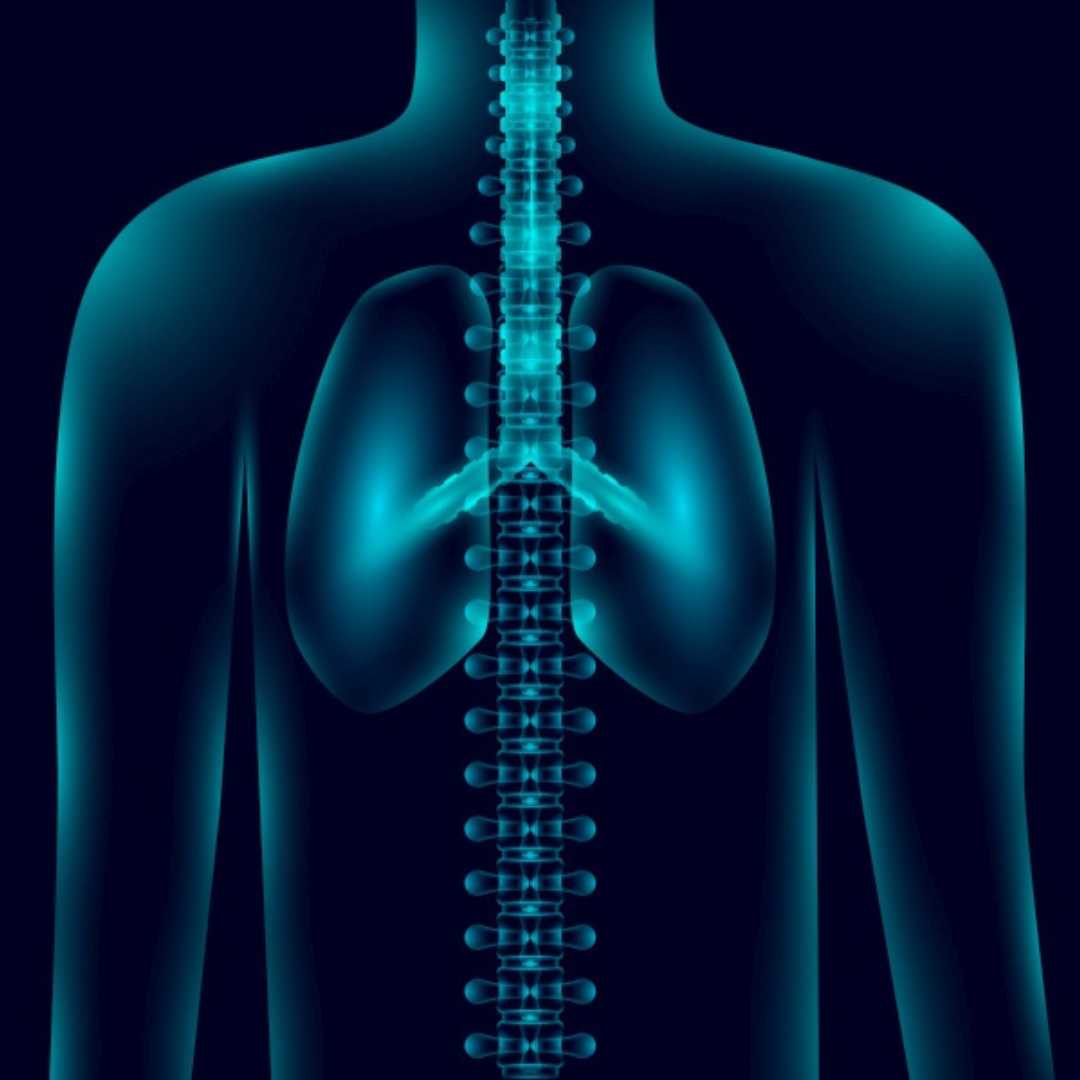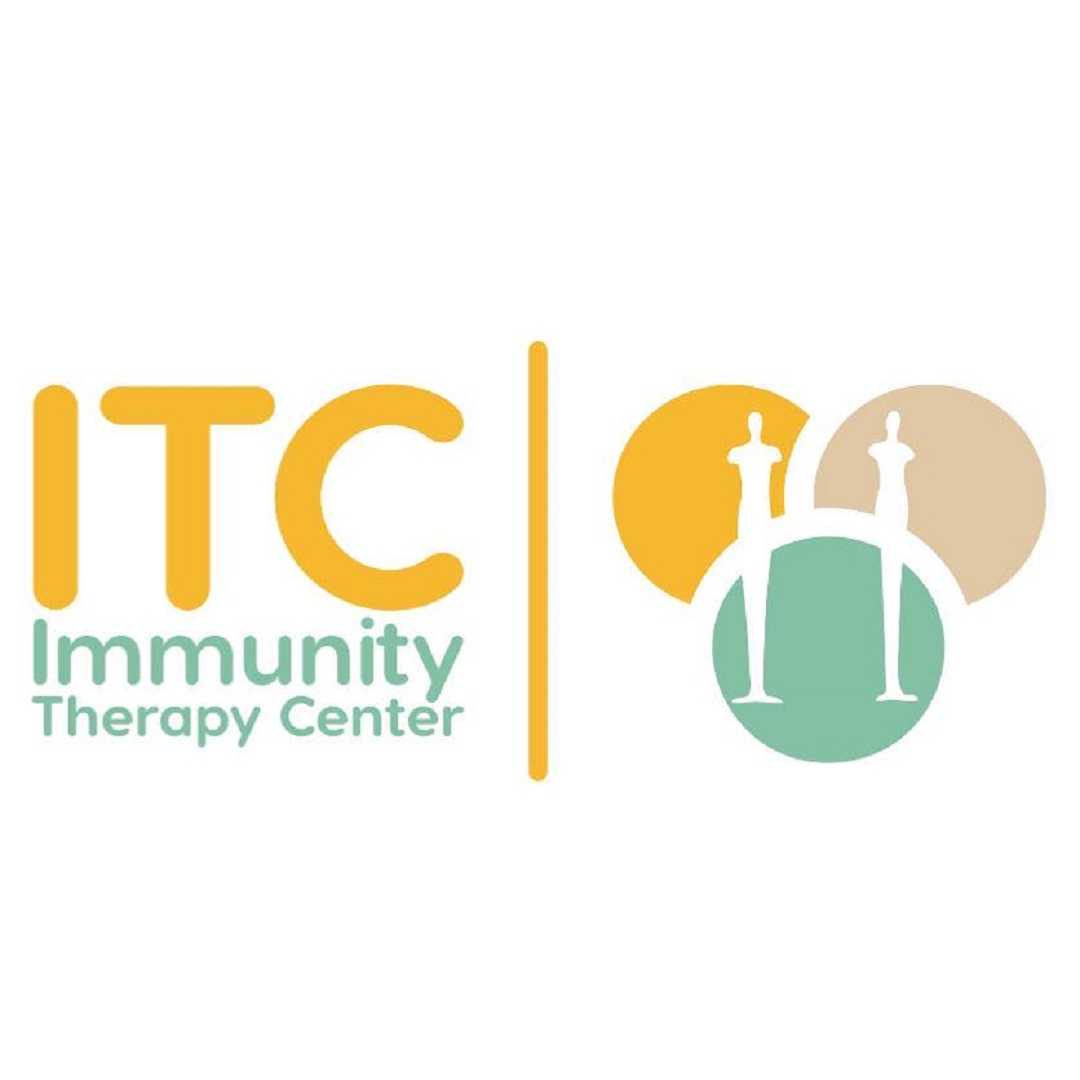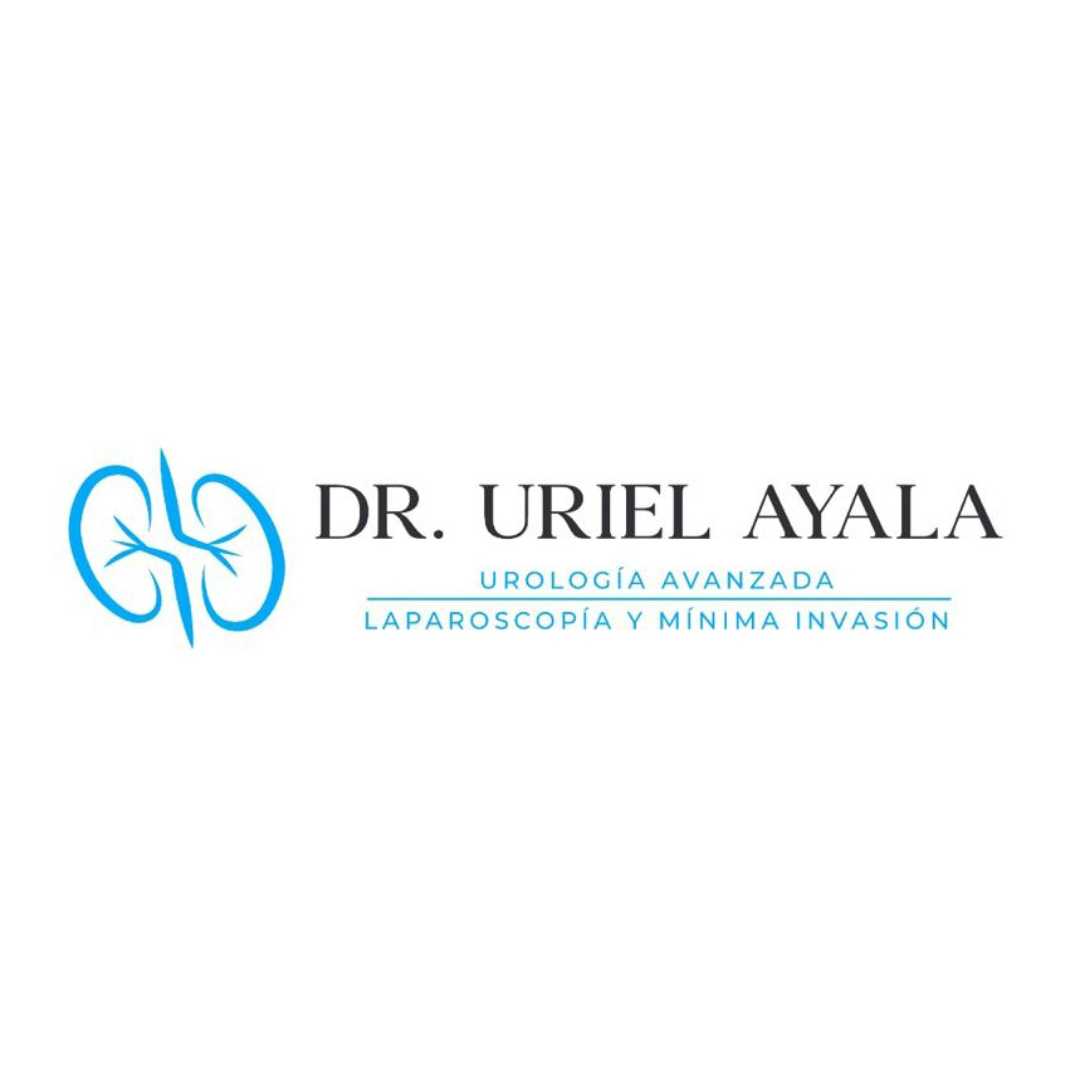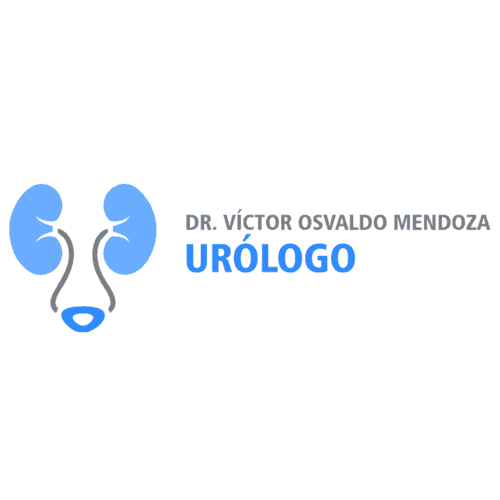Ozone Therapy for Prostate Cancer: Feasibility and Use in Mexico

"Ozone therapy is available in Mexico, primarily as a complementary or adjunctive treatment for prostate cancer, rather than a standalone cure."
The question of whether ozone therapy can be used to treat prostate cancer in Mexico is a significant one for individuals exploring alternative and complementary medical treatments. Ozone therapy, a treatment that involves introducing ozone gas into the body to stimulate healing, has gained attention for its potential benefits. In Mexico, a number of clinics offer this therapy to international patients, often as part of a broader integrative oncology approach. While not recognized as a primary cure for prostate cancer by mainstream medical bodies, it is utilized to support the body, potentially enhance the effectiveness of conventional treatments, and improve the overall quality of life for patients. Understanding what this therapy entails, its scientific standing, and what to expect is crucial for anyone considering this path.
This blog post will delve into the most pressing questions surrounding ozone therapy for prostate cancer in Mexico, providing clear, concise answers followed by more in-depth explanations to give you a comprehensive understanding of this treatment option.
What is Ozone Therapy and How is it Used for Prostate Cancer?
"Ozone therapy is a medical treatment that uses a super-charged form of oxygen, called ozone, to trigger therapeutic effects in the body. For prostate cancer, it's primarily used to support the immune system and potentially make cancer cells more susceptible to conventional treatments."
Ozone therapy is based on the concept of introducing medical-grade ozone, a molecule consisting of three oxygen atoms (O3), into the body to elicit a healing response. Unlike the oxygen we breathe (O2), ozone has a different molecular structure that makes it highly reactive. The theory behind its use in cancer care is that this reactivity can have several beneficial effects. When introduced into the bloodstream, ozone is thought to interact with biological components to form compounds that may stimulate the immune system, improve oxygen delivery to tissues, and create a mild oxidative stress that encourages the body's natural antioxidant defenses.
For individuals with prostate cancer, ozone therapy is typically not a standalone treatment. Instead, it's often used in an integrative setting alongside conventional therapies like chemotherapy or radiation. The proposed benefits are twofold: to help mitigate the side effects of these powerful treatments and to potentially enhance their efficacy. By improving the oxygenation of tumor tissues, it is believed that ozone therapy can make cancer cells more vulnerable to radiation and chemotherapy.
Is Ozone Therapy a Proven Cure for Prostate Cancer?
"No, ozone therapy is not a scientifically proven cure for prostate cancer. It is considered an alternative or complementary therapy, and more rigorous scientific research is needed to validate its effectiveness as a direct cancer treatment."
While there are many anecdotal reports and some preliminary studies on the use of ozone therapy for cancer, it is crucial to understand that it has not been proven to cure prostate cancer through large-scale, randomized controlled clinical trials, which are the gold standard of medical research. The U.S. Food and Drug Administration (FDA) has not approved ozone therapy for the treatment of any disease, citing a lack of scientific evidence.
The existing research on ozone therapy for cancer, including prostate cancer, is largely composed of in-vitro (lab) studies, animal studies, and smaller human case studies. These often suggest potential benefits, such as improved quality of life, reduced side effects from conventional treatments, and possible anti-tumor effects. However, these findings are considered preliminary and are not sufficient to establish it as a definitive cure. Therefore, it is most accurately described as a complementary therapy that may support the patient's overall well-being during their cancer journey.
What Types of Ozone Therapy are Offered in Mexico for Prostate Issues?
"In Mexico, clinics that offer ozone therapy for prostate issues commonly provide treatments such as major autohemotherapy (MAHT), rectal insufflation, and the '10-Pass' method, each with a different application process."
Clinics in Mexico that specialize in alternative and integrative cancer care often provide various forms of ozone therapy. The specific type recommended will depend on the individual's condition and the clinic's protocols. Common methods include:
-
Major Autohemotherapy (MAHT): This is one of the most frequent forms of systemic ozone therapy. It involves drawing a small amount of the patient's blood, mixing it with a precise concentration of ozone gas in a sterile container, and then reinfusing the ozonated blood back into the patient's bloodstream intravenously.
-
Rectal Insufflation: This method involves introducing a mixture of ozone and oxygen gas into the rectum. The gas is absorbed through the intestinal walls, providing a systemic effect. This is a less invasive option that is often well-tolerated.
-
The '10-Pass' Method: This is a more intensive form of MAHT, where the process of drawing, ozonating, and reinfusing blood is repeated ten times in a single session. This method delivers a much higher dose of ozone and is believed to have a more potent therapeutic effect.
What are the Potential Benefits of Ozone Therapy for Prostate Cancer Patients?
"The potential benefits of ozone therapy for prostate cancer patients are primarily related to improving quality of life and managing the side effects of conventional treatments. These may include reduced fatigue, improved immune function, and better oxygenation of tissues."
While not a cure, patients who undergo ozone therapy as part of their prostate cancer treatment plan often report a range of subjective and some measurable benefits. It's important to approach these with a clear understanding that they are not guaranteed outcomes. The potential benefits include:
-
Improved Immune Function: Ozone therapy is thought to modulate the immune system, potentially making it more effective at recognizing and fighting cancer cells.
-
Increased Oxygenation: By enhancing the oxygen-carrying capacity of the blood, ozone therapy can improve the oxygen supply to all tissues, including tumors. A well-oxygenated tumor may be more responsive to radiation therapy.
-
Reduced Side Effects of Conventional Therapy: Some studies and patient reports suggest that ozone therapy can help alleviate common side effects of chemotherapy and radiation, such as fatigue, nausea, and inflammation.
-
Enhanced Well-being: Many patients report a general sense of improved well-being, increased energy levels, and better mental clarity during and after ozone therapy sessions.
What are the Risks and Side Effects of Ozone Therapy?
"When administered by a trained professional, ozone therapy is generally considered to have a low risk of side effects. However, potential risks include herxheimer reactions, and if administered improperly, gas embolism. Inhaling ozone is toxic and should always be avoided."
The safety of ozone therapy is highly dependent on the method of administration and the expertise of the practitioner. When performed correctly, the side effects are typically mild and temporary. It is crucial that ozone is never inhaled, as it is toxic to the lungs.
Potential side effects can include:
-
Herxheimer Reaction: As the body detoxifies and pathogens are killed off, some individuals may experience temporary flu-like symptoms, such as fatigue, headache, and muscle aches. This is generally considered a sign that the therapy is working.
-
Discomfort at the Injection Site: For intravenous therapies, there may be temporary discomfort, bruising, or a burning sensation at the injection site.
-
Gas Embolism: This is a rare but serious risk associated with the direct intravenous injection of ozone gas, which is why this method is not practiced by reputable clinics. MAHT, where the gas is mixed with blood outside the body, is a much safer alternative.
-
Cramping or Gas: With rectal insufflation, some patients may experience temporary cramping or a feeling of fullness.
Is Ozone Therapy for Prostate Cancer Regulated in Mexico?
"The regulation of ozone therapy in Mexico is evolving. While some Mexican states have started to regulate its practice, there is no uniform federal regulation. It is therefore essential to choose a licensed and reputable clinic."
The regulatory landscape for ozone therapy in Mexico is not as standardized as in some other countries. While some states within Mexico have taken steps to formally recognize and regulate the practice of ozone therapy, it is not consistently regulated across the entire country. This means that the quality of care and the qualifications of practitioners can vary significantly from one clinic to another.
Given this, it is of utmost importance for patients considering this treatment to conduct thorough research and due diligence. Seeking treatment at a well-established, licensed, and accredited medical facility with experienced practitioners is critical to ensure safety and the quality of care.
How Much Does Ozone Therapy for Prostate Cancer Cost in Mexico?
"The cost of ozone therapy for prostate cancer in Mexico can range from approximately $8,000 to $18,000 USD for a treatment program. The final cost depends on the clinic, the type of ozone therapy, and the duration of the treatment plan."
The cost of ozone therapy in Mexico is generally more affordable than in the United States and other Western countries. However, the price can vary widely depending on several factors:
-
The Clinic's Reputation and Location: More renowned clinics in popular medical tourism destinations like Tijuana or Puerto Vallarta may have higher prices.
-
The Type and Intensity of Therapy: The '10-Pass' method, being more intensive, will typically cost more per session than standard MAHT or rectal insufflation.
-
The Overall Treatment Package: Often, ozone therapy is part of a comprehensive integrative treatment plan that may include other therapies like immunotherapy, hyperthermia, and nutritional support. The total cost will reflect the combination of treatments included.
It is advisable to get a detailed cost breakdown from any clinic you are considering, including the number of sessions recommended and what is included in the price.
How Do I Find a Reputable Clinic for Ozone Therapy in Mexico?
"To find a reputable clinic for ozone therapy in Mexico, look for facilities with international accreditations, experienced medical staff with verifiable credentials, and positive, verifiable patient testimonials. Direct communication and transparency are also key indicators."
Choosing the right clinic is arguably the most critical step in seeking ozone therapy in Mexico. Here are some key factors to consider when evaluating a clinic:
-
Accreditation and Licensing: Check if the clinic is licensed by the Mexican health authorities and if it holds any international accreditations.
-
Physician Credentials: Research the qualifications and experience of the doctors and medical staff who will be administering the therapy. They should be transparent about their training and expertise in ozone therapy.
-
Patient Reviews and Testimonials: Look for reviews from previous patients. While testimonials on the clinic's website can be helpful, independent review platforms and forums can offer more unbiased insights.
-
Transparency and Communication: A reputable clinic will be open to answering all your questions, providing detailed information about their treatment protocols, and will not make unrealistic promises of a "cure."
What Questions Should I Ask a Clinic Before Starting Treatment?
"Before committing to ozone therapy for prostate cancer in Mexico, you should ask about the specific protocol they recommend, the evidence supporting its use for your condition, the potential risks and side effects, the full cost, and the qualifications of their medical team."
To make an informed decision, it is vital to have a thorough consultation with any clinic you are considering. Here are some essential questions to ask:
-
What specific type of ozone therapy do you recommend for my case, and why?
-
What is the proposed frequency and duration of the treatment?
-
Can you provide any scientific evidence or case studies that support the use of this therapy for prostate cancer?
-
What are the potential risks and side effects of this treatment, and how do you manage them?
-
What is the full cost of the treatment plan, including all associated fees?
-
What are the qualifications and experience of the medical professionals who will be administering the therapy?
-
How will you coordinate this therapy with my conventional cancer treatments?
What is the General Stance of International Medical Associations on Ozone Therapy for Cancer?
"Most major international medical associations, including the American Cancer Society, do not endorse ozone therapy for the treatment of cancer due to a lack of strong scientific evidence from large-scale clinical trials. They generally classify it as an unproven therapy."
The mainstream medical community, represented by organizations like the American Cancer Society and the National Cancer Institute, maintains a cautious and skeptical stance on ozone therapy for cancer. The primary reason for this is the absence of robust, large-scale human clinical trials that demonstrate its safety and effectiveness as a cancer treatment.
These organizations emphasize the importance of evidence-based medicine and recommend that patients rely on proven conventional treatments. While they acknowledge the existence of complementary therapies, they advise patients to be wary of treatments that are promoted as "cures" without sufficient scientific backing. It is always recommended to discuss any complementary therapies you are considering with your primary oncologist.
Ready to explore your healthcare options? PlacidWay can help you find trusted and accredited medical facilities in Mexico and around the world for a variety of treatments. Explore PlacidWay's solutions for your healthcare journey today.


.png)


.png)











Share this listing